Posted on November 17, 2015
By John Jones
Journal articles
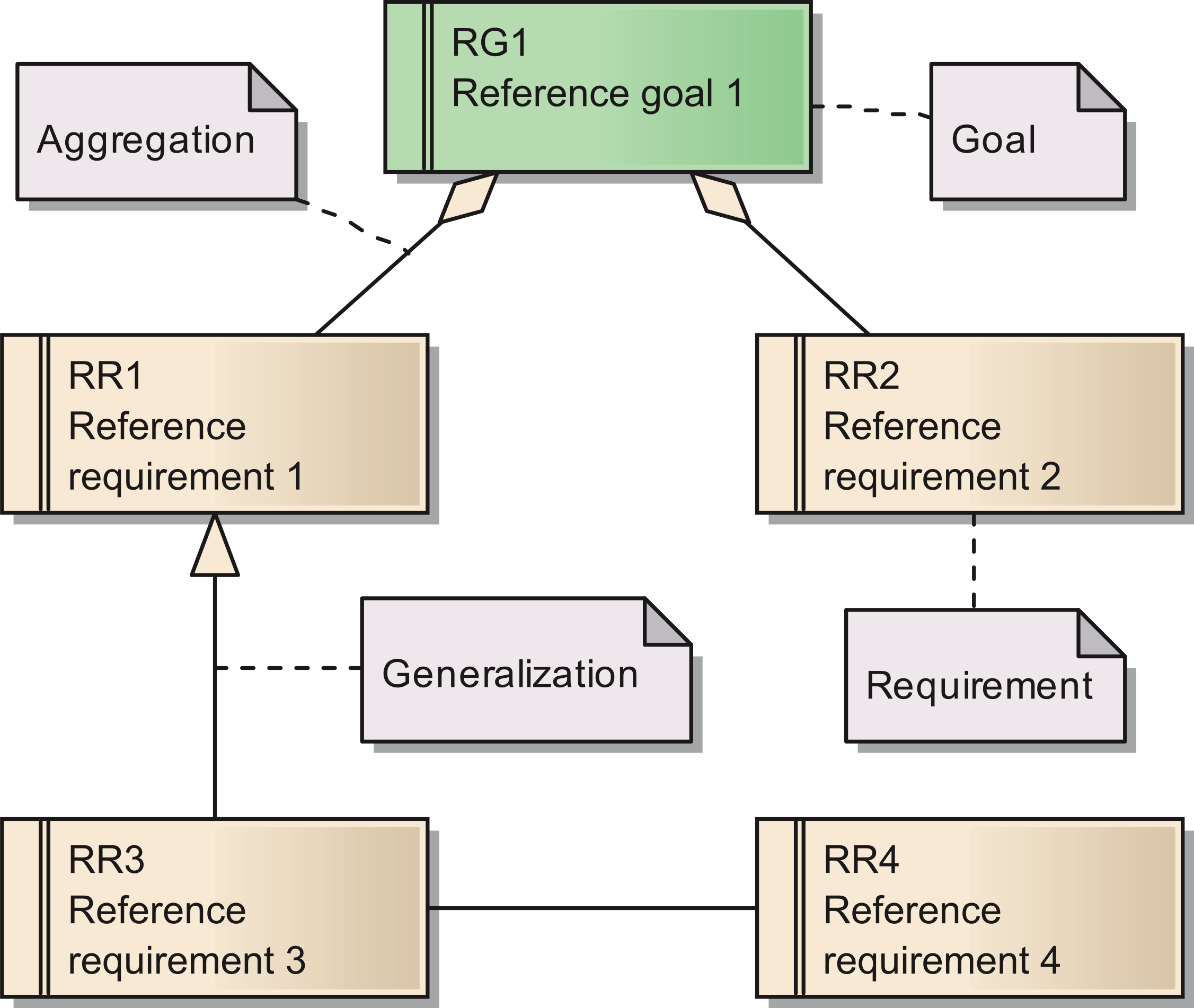
In this 2015 open-access research paper published in
PeerJ Computer Science, Ganzinger and Knaup present a reference model for developing information technology infrastructure for biomedical research networks. The researchers found that the model to be useful when "used by research networks as a basis for a resource efficient acquisition of their project specific requirements."
Posted on November 14, 2015
By John Jones
Journal articles
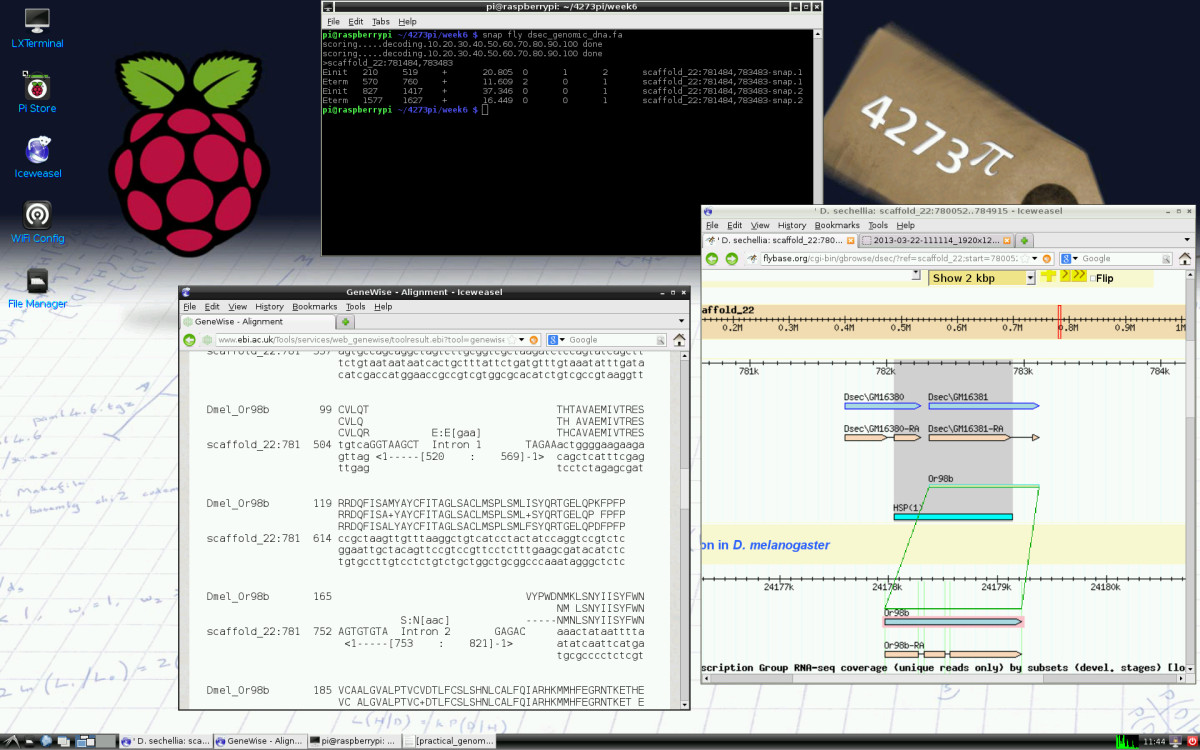
In 2013, Barker et al. concluded their testing of a home-grown open-access undergraduate bioinformatics course called
4273π Bioinformatics for Biologists. Happy with the results of their course, they group published a paper about it in
BMC Bioinformatics, concluding their Raspberry Pi-based "4273
π [operating system] is a means to teach bioinformatics, including systems administration tasks, to undergraduates at low cost."
Posted on November 14, 2015
By John Jones
Journal articles

The topic of teaching methodologies in bioinformatics at the pre-university level is brought up by Barker et al. in this 2015 journal article published in the
International Journal of STEM Education. Using Rasperry Pi and 4273
π in their implementation, the group found "our preliminary study supports the feasibility of bringing university-level, practical bioinformatics activities to school pupils."
Posted on November 14, 2015
By John Jones
Journal articles

Zheng et al. "developed an online machine learning based information extraction system called IDEAL-X" in 2015. They published the results of their experience in the
Journal of Pathology Informatics, concluding "[b]y combining iterative online learning and adaptive controlled vocabularies, IDEAL-X can deliver highly adaptive and accurate data extraction to support patient search."
Posted on November 14, 2015
By John Jones
Journal articles

This 2014 article published by
JMIR Medical Informatics sees Kruse et al. attempting to identify internal and external factors that affect health information technology (HIT) adoption. The group concludes that "[c]ommonalities exist in the literature for internal organizational and external environmental factors associated with the adoption of the EHR and/or CPOE."
Posted on October 13, 2015
By John Jones
Journal articles

Published for the first time on LIMSwiki, this 2015 article from Dr. John Joyce explains how he developed a general starting procedure for screening free and open-source applications to determine which one is best for use. In the article summary, Joyce states that the end result is a high-level survey tool "synthesized [from] a general survey process to allow us to quickly assess the status of any given type of FLOSS applications, allowing us to triage them and identify the most promising candidates for in-depth evaluation."
Posted on October 5, 2015
By John Jones
Journal articles

In 2013, Deroulers et al. published in the journal
Diagnostic Pathology their research and development story of open-source software tools for quickly opening large pathology images. The group concludes that their new tools "open promising perspectives both to the clinician who wants to study a single slide and to the research team or data centre who do image analysis of many slides on a computer cluster."
Posted on September 22, 2015
By John Jones
Journal articles

This 2014 article by Hersh et al. represents an effort to better describe the competencies of clinical informatics as they relate to curriculum development at the Oregon Health & Science University. The group concludes with "a substantial number of informatics competencies and a large body of associated knowledge that the 21st century clinician needs to learn and apply," though not without recognizing their effectiveness must still be evaluated.
Posted on August 19, 2015
By John Jones
Journal articles

In this 2014 article published in
Perspectives in Clinical Research, Bellary et al. argue that the development of electronic case report forms (eCRFs) requires clear standardization, organization, and implementation. The team concludes that "it is important to have design principles in mind well in advance before CRF designing is initiated" or risk poorly collected data and lack of user-friendliness.
Posted on August 19, 2015
By John Jones
Journal articles
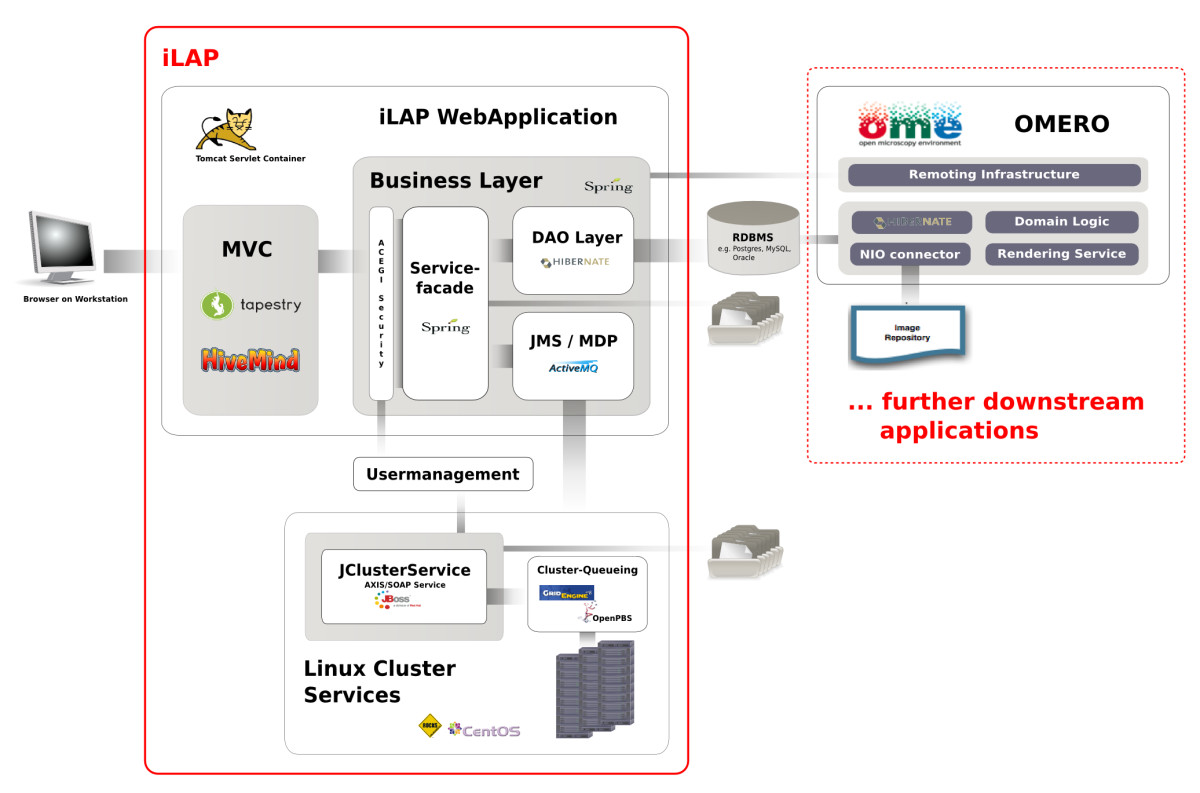
Noticing a lack of software tools that would both assist with the "management of large datasets and digital recording of laboratory procedures," Stocker et al. set out in 2009 to create iLAP, "a workflow-driven information management system specifically designed to create and manage experimental protocols, and to analyze and share laboratory data."
Posted on August 14, 2015
By John Jones
Journal articles
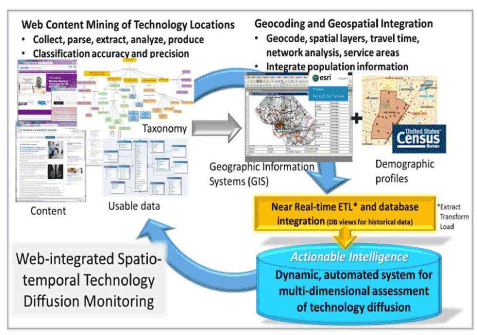
Jennifer Alford-Teaster et al. suggest in an issue of
Journal of Health & Medical Informatics that integrating geoinformatics with medical- and health-related data could provide many benefits. They conclude that such an integration "has high potential for advancing currently used research methods to monitor and evaluate new technologies as they are translated from experimental settings into communities and populations."
Posted on August 14, 2015
By John Jones
Journal articles

Sharon Mickan et al. ask whether or not handheld computers improve physicians' information access and support clinical decision making where services are performed in this article originally published in
BMC Medical Informatics & Decision Making. The group concludes that such technology may in fact "improve [physicians'] information seeking, adherence to guidelines and clinical decision making."
Posted on August 14, 2015
By John Jones
Journal articles
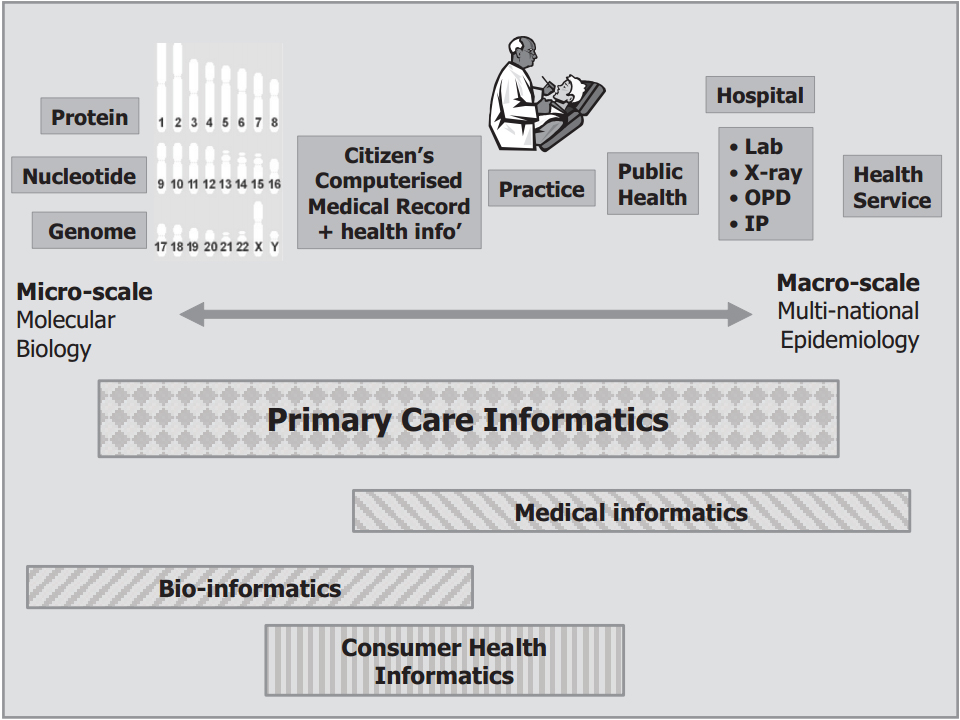
David Barrett et al. look at the taxonomies related to the terms "informatics" and "health informatics" in this paper for
Informatics in Primary Care (today known as
Journal of Innovation in Health Informatics). The group concludes that an optimal agreed taxonomy "provides greater understanding and underpins future research that informs clinicians on how best to use technology to enhance the delivery of health care. "
Posted on August 14, 2015
By John Jones
Journal articles

In this article from Kathrin M. Cresswell and Aziz Sheikh of the University of Edinburgh, the duo asserts that sociotechnical evaluations — "the way technical and social dimensions change and shape each other over time" — are useful in evaluating health information technology. They conclude "that greater use of sociotechnical evaluations will help to understand key processes in the interrelationships between technology, people, and organisations."
Posted on August 14, 2015
By John Jones
Journal articles

For those interested in the financial side of electronic health record (EHR) adoption, Yeona Jang et al. presented their data collected from 17 primary care clinics using EHR systems in the open-access journal
JMIR Medical Informatics. They conclude simply "that primary care clinics can realize a positive [return on investment] with EHR."
Posted on August 14, 2015
By John Jones
Journal articles
Nadia Kobryn from Danylo Halytsky Lviv National Medical University takes a brief look at the English-based terminology associated with different aspects of medical informatics and how it differs across geographic regions. The article was originally published in the open-access journal
Comparative Professional Pedagogy.
Posted on August 14, 2015
By John Jones
Journal articles
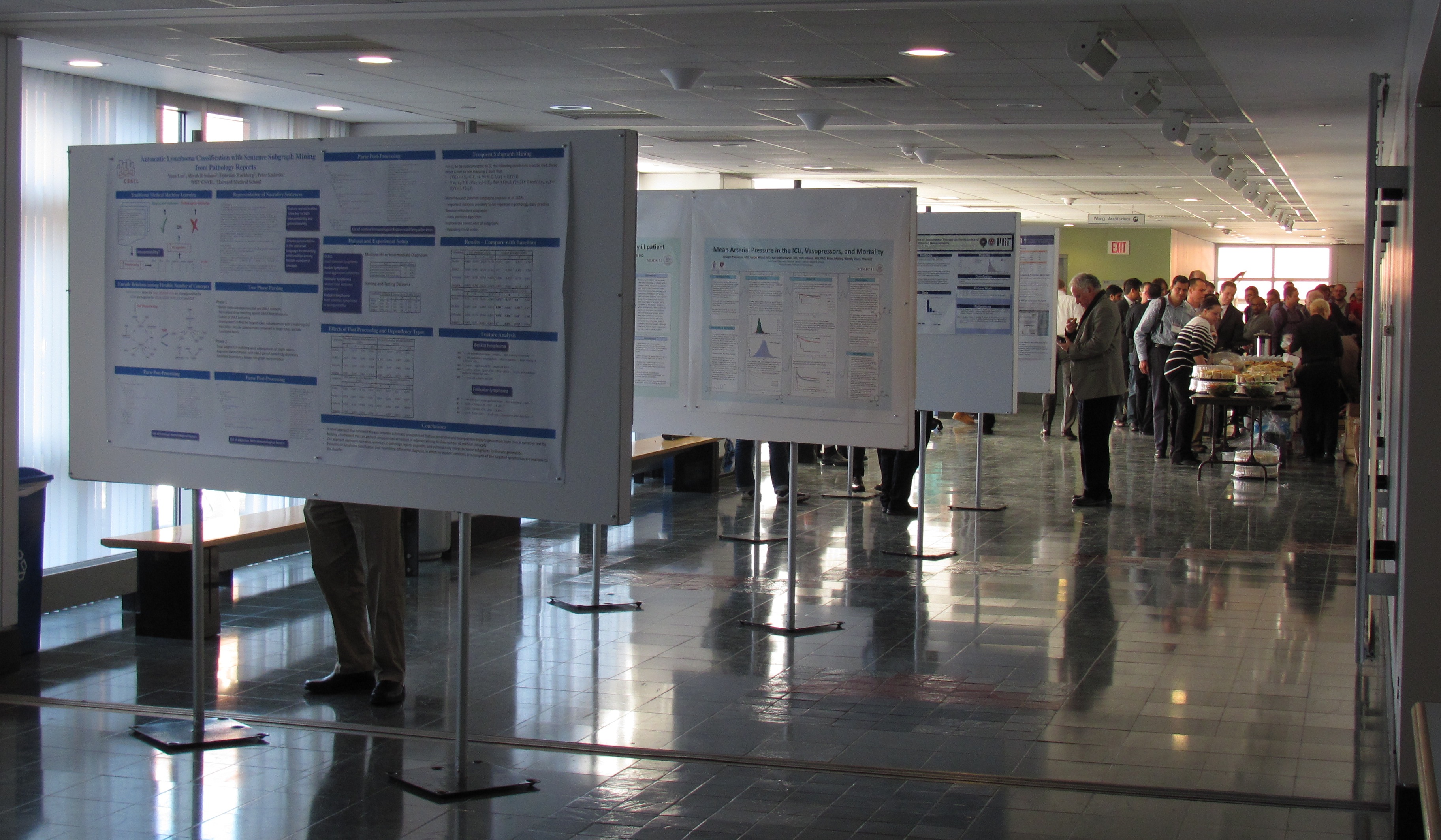
Leo Anthony Celi et al. shared their insights from their MIT Critical Data Conference in 2014 in this article published in
JMIR Medical Informatics. They concluded that "[o]nly by understanding the potential biases of any analysis, and fostering a system of normative data sharing, will the medical community be able to gain reliable knowledge from data, and produce research findings that do not turn out to be false."
Posted on August 14, 2015
By John Jones
Journal articles
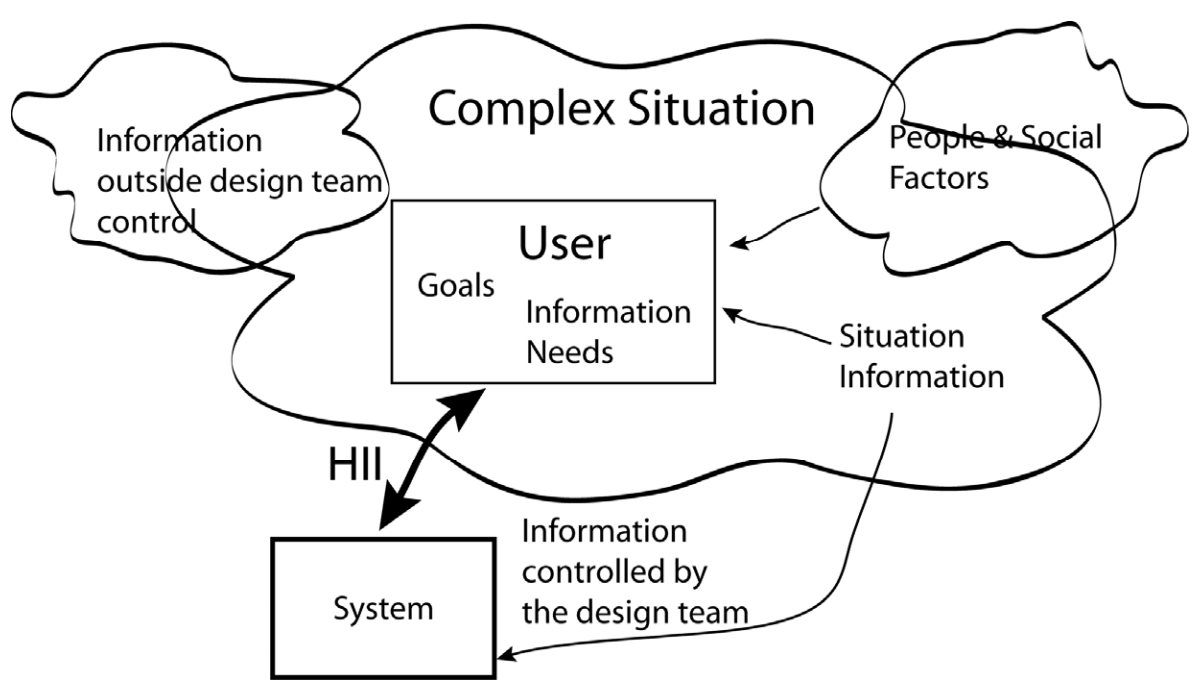
In this article for the journal
Informatics, Michael J. Albers of East Carolina University "considers how simple and complex information requires different design strategies and how those strategies differ." He concludes that understanding relationships within information is vital to creating a well-designed information management system, detailing six tasks a design team must consider in this regard.
Posted on August 14, 2015
By John Jones
Journal articles
In this open-access article from the journal electronic Journal of Health Informatics, Caroline Zieth et al. attempt to summarize 52 different papers on the evolution, use, and effects of personal health records. Their conclusion? "PHR systems that account for patient’s needs and skills can facilitate their adoption. Common barriers are avoidable when patients receive adequate guidance on useful features as well as technical support. When implemented effectively, PHRs can increase patient participation in health management, and improve patient-physician communication and health related decision making."
 In this 2015 open-access research paper published in PeerJ Computer Science, Ganzinger and Knaup present a reference model for developing information technology infrastructure for biomedical research networks. The researchers found that the model to be useful when "used by research networks as a basis for a resource efficient acquisition of their project specific requirements."
In this 2015 open-access research paper published in PeerJ Computer Science, Ganzinger and Knaup present a reference model for developing information technology infrastructure for biomedical research networks. The researchers found that the model to be useful when "used by research networks as a basis for a resource efficient acquisition of their project specific requirements."
 In 2013, Barker et al. concluded their testing of a home-grown open-access undergraduate bioinformatics course called 4273π Bioinformatics for Biologists. Happy with the results of their course, they group published a paper about it in BMC Bioinformatics, concluding their Raspberry Pi-based "4273π [operating system] is a means to teach bioinformatics, including systems administration tasks, to undergraduates at low cost."
In 2013, Barker et al. concluded their testing of a home-grown open-access undergraduate bioinformatics course called 4273π Bioinformatics for Biologists. Happy with the results of their course, they group published a paper about it in BMC Bioinformatics, concluding their Raspberry Pi-based "4273π [operating system] is a means to teach bioinformatics, including systems administration tasks, to undergraduates at low cost."
 The topic of teaching methodologies in bioinformatics at the pre-university level is brought up by Barker et al. in this 2015 journal article published in the International Journal of STEM Education. Using Rasperry Pi and 4273π in their implementation, the group found "our preliminary study supports the feasibility of bringing university-level, practical bioinformatics activities to school pupils."
The topic of teaching methodologies in bioinformatics at the pre-university level is brought up by Barker et al. in this 2015 journal article published in the International Journal of STEM Education. Using Rasperry Pi and 4273π in their implementation, the group found "our preliminary study supports the feasibility of bringing university-level, practical bioinformatics activities to school pupils."
 Zheng et al. "developed an online machine learning based information extraction system called IDEAL-X" in 2015. They published the results of their experience in the Journal of Pathology Informatics, concluding "[b]y combining iterative online learning and adaptive controlled vocabularies, IDEAL-X can deliver highly adaptive and accurate data extraction to support patient search."
Zheng et al. "developed an online machine learning based information extraction system called IDEAL-X" in 2015. They published the results of their experience in the Journal of Pathology Informatics, concluding "[b]y combining iterative online learning and adaptive controlled vocabularies, IDEAL-X can deliver highly adaptive and accurate data extraction to support patient search."
 This 2014 article published byJMIR Medical Informatics sees Kruse et al. attempting to identify internal and external factors that affect health information technology (HIT) adoption. The group concludes that "[c]ommonalities exist in the literature for internal organizational and external environmental factors associated with the adoption of the EHR and/or CPOE."
This 2014 article published byJMIR Medical Informatics sees Kruse et al. attempting to identify internal and external factors that affect health information technology (HIT) adoption. The group concludes that "[c]ommonalities exist in the literature for internal organizational and external environmental factors associated with the adoption of the EHR and/or CPOE."
 Published for the first time on LIMSwiki, this 2015 article from Dr. John Joyce explains how he developed a general starting procedure for screening free and open-source applications to determine which one is best for use. In the article summary, Joyce states that the end result is a high-level survey tool "synthesized [from] a general survey process to allow us to quickly assess the status of any given type of FLOSS applications, allowing us to triage them and identify the most promising candidates for in-depth evaluation."
Published for the first time on LIMSwiki, this 2015 article from Dr. John Joyce explains how he developed a general starting procedure for screening free and open-source applications to determine which one is best for use. In the article summary, Joyce states that the end result is a high-level survey tool "synthesized [from] a general survey process to allow us to quickly assess the status of any given type of FLOSS applications, allowing us to triage them and identify the most promising candidates for in-depth evaluation."
 In 2013, Deroulers et al. published in the journal Diagnostic Pathology their research and development story of open-source software tools for quickly opening large pathology images. The group concludes that their new tools "open promising perspectives both to the clinician who wants to study a single slide and to the research team or data centre who do image analysis of many slides on a computer cluster."
In 2013, Deroulers et al. published in the journal Diagnostic Pathology their research and development story of open-source software tools for quickly opening large pathology images. The group concludes that their new tools "open promising perspectives both to the clinician who wants to study a single slide and to the research team or data centre who do image analysis of many slides on a computer cluster."
 This 2014 article by Hersh et al. represents an effort to better describe the competencies of clinical informatics as they relate to curriculum development at the Oregon Health & Science University. The group concludes with "a substantial number of informatics competencies and a large body of associated knowledge that the 21st century clinician needs to learn and apply," though not without recognizing their effectiveness must still be evaluated.
This 2014 article by Hersh et al. represents an effort to better describe the competencies of clinical informatics as they relate to curriculum development at the Oregon Health & Science University. The group concludes with "a substantial number of informatics competencies and a large body of associated knowledge that the 21st century clinician needs to learn and apply," though not without recognizing their effectiveness must still be evaluated.
 In this 2014 article published in Perspectives in Clinical Research, Bellary et al. argue that the development of electronic case report forms (eCRFs) requires clear standardization, organization, and implementation. The team concludes that "it is important to have design principles in mind well in advance before CRF designing is initiated" or risk poorly collected data and lack of user-friendliness.
In this 2014 article published in Perspectives in Clinical Research, Bellary et al. argue that the development of electronic case report forms (eCRFs) requires clear standardization, organization, and implementation. The team concludes that "it is important to have design principles in mind well in advance before CRF designing is initiated" or risk poorly collected data and lack of user-friendliness.
 Noticing a lack of software tools that would both assist with the "management of large datasets and digital recording of laboratory procedures," Stocker et al. set out in 2009 to create iLAP, "a workflow-driven information management system specifically designed to create and manage experimental protocols, and to analyze and share laboratory data."
Noticing a lack of software tools that would both assist with the "management of large datasets and digital recording of laboratory procedures," Stocker et al. set out in 2009 to create iLAP, "a workflow-driven information management system specifically designed to create and manage experimental protocols, and to analyze and share laboratory data."
 Jennifer Alford-Teaster et al. suggest in an issue of Journal of Health & Medical Informatics that integrating geoinformatics with medical- and health-related data could provide many benefits. They conclude that such an integration "has high potential for advancing currently used research methods to monitor and evaluate new technologies as they are translated from experimental settings into communities and populations."
Jennifer Alford-Teaster et al. suggest in an issue of Journal of Health & Medical Informatics that integrating geoinformatics with medical- and health-related data could provide many benefits. They conclude that such an integration "has high potential for advancing currently used research methods to monitor and evaluate new technologies as they are translated from experimental settings into communities and populations."
 Sharon Mickan et al. ask whether or not handheld computers improve physicians' information access and support clinical decision making where services are performed in this article originally published in BMC Medical Informatics & Decision Making. The group concludes that such technology may in fact "improve [physicians'] information seeking, adherence to guidelines and clinical decision making."
Sharon Mickan et al. ask whether or not handheld computers improve physicians' information access and support clinical decision making where services are performed in this article originally published in BMC Medical Informatics & Decision Making. The group concludes that such technology may in fact "improve [physicians'] information seeking, adherence to guidelines and clinical decision making."
 David Barrett et al. look at the taxonomies related to the terms "informatics" and "health informatics" in this paper for Informatics in Primary Care (today known as Journal of Innovation in Health Informatics). The group concludes that an optimal agreed taxonomy "provides greater understanding and underpins future research that informs clinicians on how best to use technology to enhance the delivery of health care. "
David Barrett et al. look at the taxonomies related to the terms "informatics" and "health informatics" in this paper for Informatics in Primary Care (today known as Journal of Innovation in Health Informatics). The group concludes that an optimal agreed taxonomy "provides greater understanding and underpins future research that informs clinicians on how best to use technology to enhance the delivery of health care. "
 In this article from Kathrin M. Cresswell and Aziz Sheikh of the University of Edinburgh, the duo asserts that sociotechnical evaluations — "the way technical and social dimensions change and shape each other over time" — are useful in evaluating health information technology. They conclude "that greater use of sociotechnical evaluations will help to understand key processes in the interrelationships between technology, people, and organisations."
In this article from Kathrin M. Cresswell and Aziz Sheikh of the University of Edinburgh, the duo asserts that sociotechnical evaluations — "the way technical and social dimensions change and shape each other over time" — are useful in evaluating health information technology. They conclude "that greater use of sociotechnical evaluations will help to understand key processes in the interrelationships between technology, people, and organisations."
 For those interested in the financial side of electronic health record (EHR) adoption, Yeona Jang et al. presented their data collected from 17 primary care clinics using EHR systems in the open-access journal JMIR Medical Informatics. They conclude simply "that primary care clinics can realize a positive [return on investment] with EHR."
For those interested in the financial side of electronic health record (EHR) adoption, Yeona Jang et al. presented their data collected from 17 primary care clinics using EHR systems in the open-access journal JMIR Medical Informatics. They conclude simply "that primary care clinics can realize a positive [return on investment] with EHR."
 Leo Anthony Celi et al. shared their insights from their MIT Critical Data Conference in 2014 in this article published in JMIR Medical Informatics. They concluded that "[o]nly by understanding the potential biases of any analysis, and fostering a system of normative data sharing, will the medical community be able to gain reliable knowledge from data, and produce research findings that do not turn out to be false."
Leo Anthony Celi et al. shared their insights from their MIT Critical Data Conference in 2014 in this article published in JMIR Medical Informatics. They concluded that "[o]nly by understanding the potential biases of any analysis, and fostering a system of normative data sharing, will the medical community be able to gain reliable knowledge from data, and produce research findings that do not turn out to be false."
 In this article for the journal Informatics, Michael J. Albers of East Carolina University "considers how simple and complex information requires different design strategies and how those strategies differ." He concludes that understanding relationships within information is vital to creating a well-designed information management system, detailing six tasks a design team must consider in this regard.
In this article for the journal Informatics, Michael J. Albers of East Carolina University "considers how simple and complex information requires different design strategies and how those strategies differ." He concludes that understanding relationships within information is vital to creating a well-designed information management system, detailing six tasks a design team must consider in this regard.
















